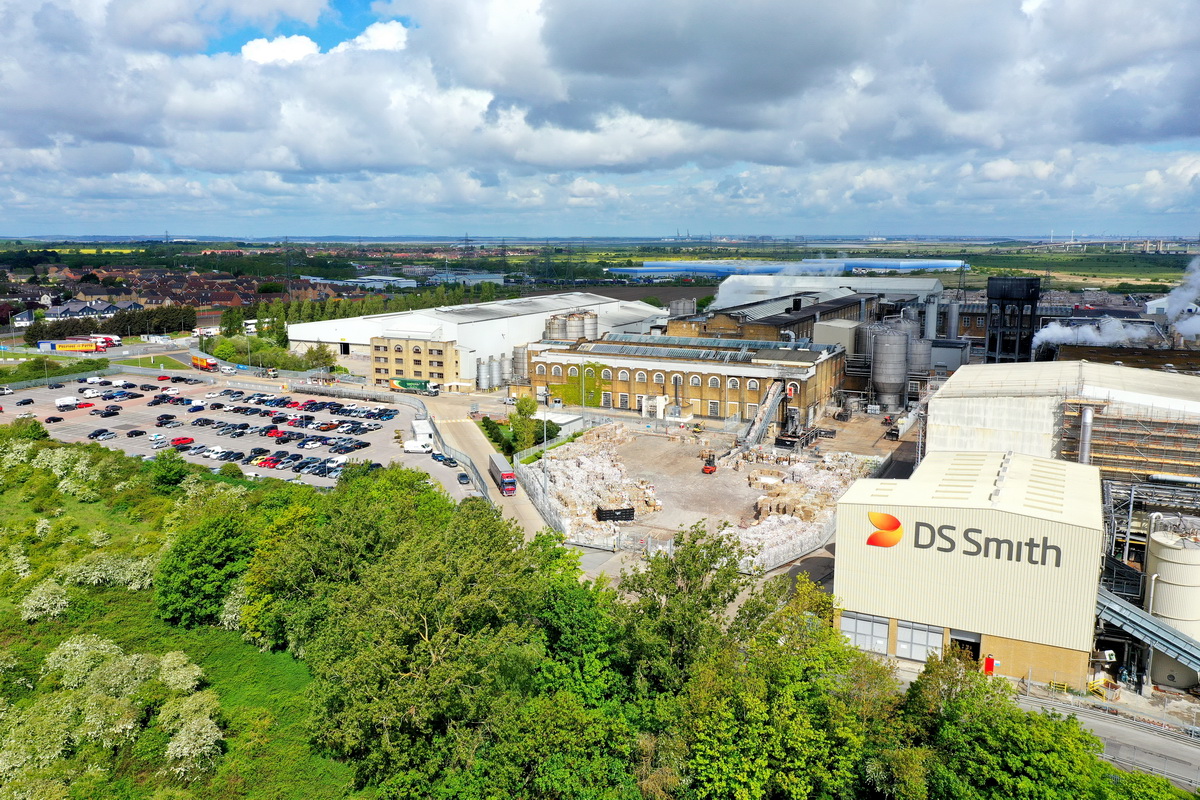DS Smith achieves first sustainability target
This week we hit an important milestone in our Now and Next Sustainability Strategy. We completed our first target by tackling 'water stress' at sites located in regions where the quality and quantity of water is deteriorating. Our aim was to identify which of our sites were located in ‘water stressed’ areas, then introduce plans to mitigate our use of water in these sites.
The importance of this target
- ‘Water stress’ can be a result of over demand, over-use and rationing, which are often caused by the effects of climate change, from flooding to droughts; with UN IPCC scientists and WEF Global Risk Reports predicting an increase over the coming years.
- Our customers and investors want to know that we are being proactive in our approach to tackling climate change. Environment, Social and Government (ESG) rankings, such as CDP, MSCI and Sustainalytics are helpful in evaluating our current and future exposure to ‘water stress’, scoring the geographical footprint of our sites on the basis of future risk.
- By ensuring these plans are in place, we have shown to investors our ability to manage and respond to these environmental risks; demonstrating that through preparation we can continue to deliver outstanding results even in the event of a ‘water-stress’ situation.
 How we approached the challenge
How we approached the challenge
We used the resources of two respected organisations to achieve this target:
- The World Resources Institute (WRI) Aqueduct tool identifies which of our sites are in, or will be in, water-stressed areas by 2030, ensuring that we take the relevant steps to responsibly manage our water resources in these locations.
- The second is the CDP who advise investors, companies and cities on the actions needed to build a more sustainable future and their guidance informed our ‘water-stress’ risk mitigation plans.
Our plans focus on water re-circulation and efficiency, which will help us to reduce our reliance on water abstracted from the natural environment, lessening our environmental impact as a business.
— Ian Silcox-Crowe, Sustainability Business Partner at DS Smith
Our ‘water stress’ mitigation plans
- Raising awareness of this issue by increasing training on our sites and communicating our water plans and performance both internally and externally.
- Analysing the processes on our sites and focusing on opportunities for water reduction, reuse and recycling.
- Minimising the use of non-essential water in landscaping and irrigation and ensuring no freshwater is used in these processes.
- Monitoring of watershed conditions annually.
- Engaging with the local communities, businesses and stakeholders who could be affected by, or could influence, ‘water stress’.
We have identified 25 sites that require ‘water-stress’ mitigation plans, involving river basins in Spain, Germany, UK, Italy, Bulgaria, USA, France, Greece, Macedonia, Portugal and Belgium.
What we will do next
Recognising that environmental and economic circumstances change, we will be repeating the WRI Aqueduct exercise annually, checking on the river basins and community demands around our site locations.